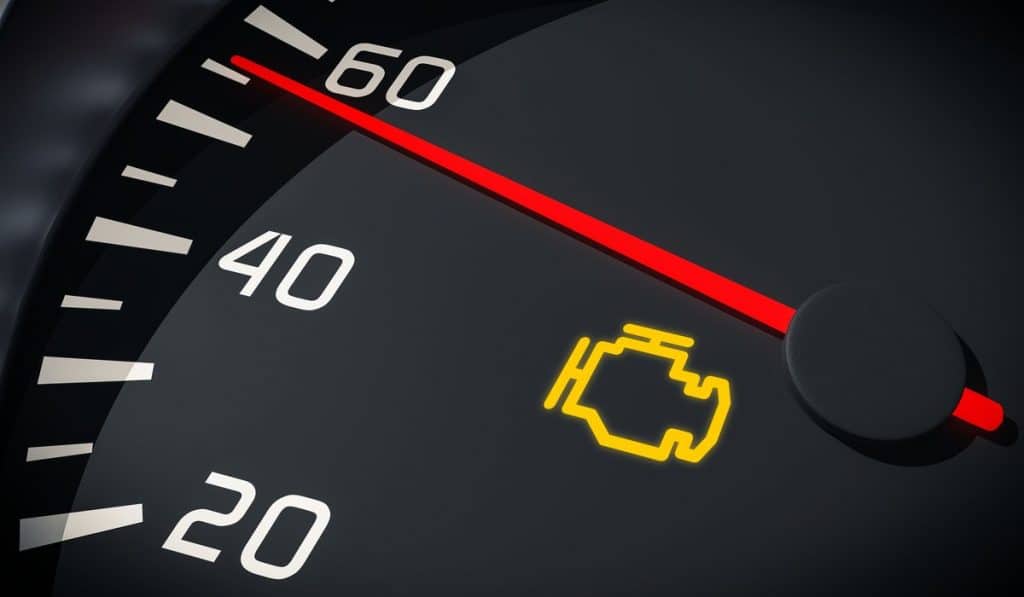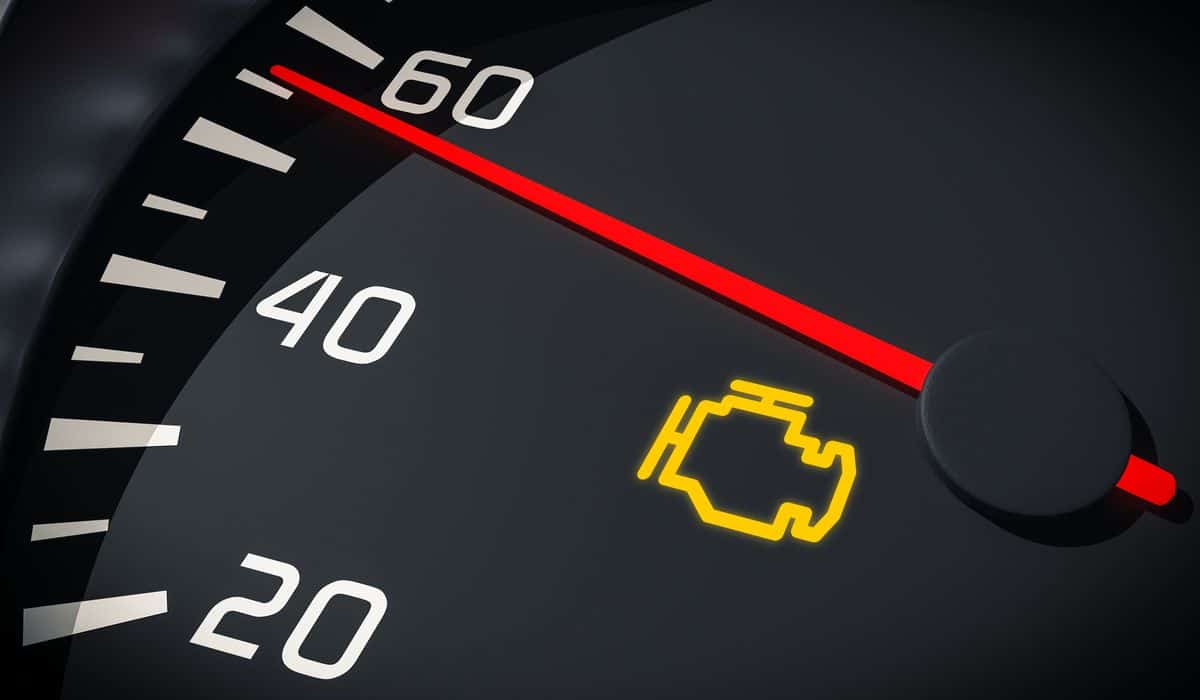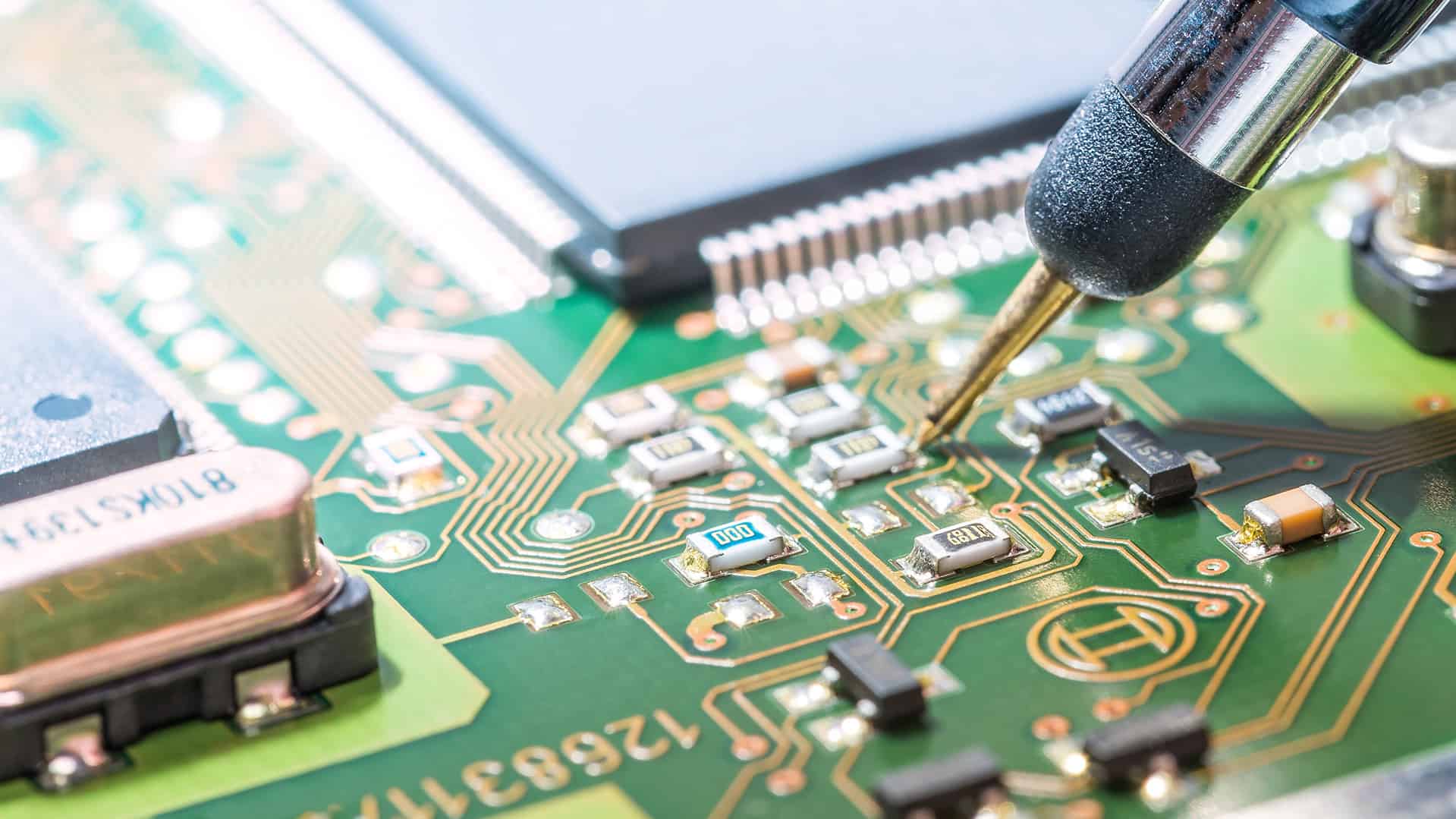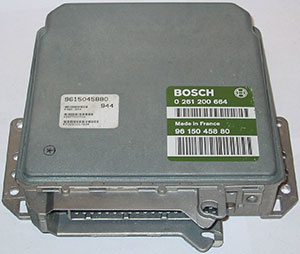The dreaded ‘check engine light’ flashing on is one of the few experiences in car ownership that can lower your heart as much as it does. Every time that light blinks, it draws attention to very serious issues with your car that nearly invariably necessitate equally serious repairs and hefty expenses in their wake. This is probably why you feel so bad.

But you cannot claim ignorance about this warning sign. If you ignore the blinking long enough, your car could experience catastrophic engine failure. Simply put, the problems will only worsen if you ignore the check engine light. Could they be that bad? The funny thing is, it can turn on for something as minor as your fuel cap being slightly loose.
Read more: What type of car brake fluid is best for your vehicle?
In that regard, the check engine light is widely misinterpreted because it may be trying to warn of a wide range of distinct issues. Some of them are significant, but others are unimportant. But if you see it turn on, you should have your automobile looked out just to be sure. At least we can focus on the main causes of why your check engine light came on in the first place.
A loose gas cap
We’ll start with the aforementioned unfastened gasoline cap, which is the easiest and most innocent scenario. You could assume that the cap’s sole purpose is to seal the fuel container, and you would largely be correct. It also serves to stop fumes from escaping the fuel tank, which would otherwise alter the pressure of the fuel inside. which could affect how effectively the gasoline distribution system in your car works.
If the sensors notice something is wrong, it may even alter how your car drives. One of the most frequent causes of a check engine light is a loose fuel cap. whether it starts to come on right away after a fuel stop, check to see whether you left the fuel cap behind or tighten it. If not, you might need to swap it out for a new fuel cap.
Failure of the oxygen sensor
An oxygen sensor, often known as an O2 sensor, is a feature of every modern automobile. Its main function is to inspect and gauge the amount of unburned fuel in an automobile’s exhaust system. Your car’s central computer brain will be able to better coordinate and regulate the combination of air and fuel entering the cylinders based on the data about how much oxygen is left behind.
In essence, the O2 sensor will tune the combustion process for maximum efficiency. Nevertheless, O2 sensors can degrade over time. Your car won’t completely break when it does occur. It will begin to burn more fuel than is required, though, and this might wear down or harm other tournaments like the catalytic converters or although they are. A few contemporary vehicles use several oxygen sensors.
Failure of the catalytic converter
Speaking of catalytic converters, your check engine light will flash if there are any emissions-related issues. The exhaust system of your car includes the catalytic converter. It must convert the engine’s filthy carbon monoxide, which is generated after combustion, into more palatable carbon dioxide. Despite being sturdy and long-lasting in design, they occasionally malfunction.
It will then cause the sensor and engine light to come on. Unfortunately, catalytic converter repairs and replacements rank among the most expensive auto repairs and replacements. Therefore, it makes sense to maintain it in good shape before it deteriorates and breaks totally. Simple things like keeping up with routine auto maintenance can help to keep the catalytic converter from being overworked.
Failure of the Mass Airflow Sensor
One of the most crucial components in the combustion cycle of your car is the mass airflow sensor or MAF. The MAF sensor, which we discussed previously, analyses how much air is entering your car. It works on the other end of the O2 sensor. Once more, this information will be transmitted to your car’s main computer, which may then determine the best fuel and air mixture to match.
Therefore, a MAF sensor can vary how your automobile burns fuel depending on factors like climate or altitude changes. Your engine will perform poorly without the MAF sensor, and important parts may start to deteriorate. When it does malfunction, you may notice a check engine light or other provide such as a rough idle, poor fuel economy, or difficulties starting.
Issues With The Spark Plug Or Ignition Coil
Along with emissions-related issues, problems with your car’s combustion system might also result in the check engine light turning on. One of these cases involves an issue with the ignition coil or spark plugs. They cooperate, with the ignition coil producing and supplying the electricity required by the spark plugs to ignite the air-fuel mixture and cause combustion.
The majority of contemporary automobiles have one coil per cylinder, therefore a V6 would have six ignition coils. They, along with the spark plugs, will eventually need to be replaced, as is the case with the majority of parts on an automobile. Over time, they may develop problems including misfiring or an abrupt drop in performance. A check engine light will let you know if they have a problem by flashing.
Vacuum Leak
A Hoover system that can execute multiple tasks at once is installed in many cars today. For instance, the vacuum system as a whole helps to lower your car’s hazardous emissions by directing the fumes as the fuel evaporates through the engine. The brake booster is also vacuum-operated. However, if the check engine light turns on, it might let you know if there is a vacuum leak.
This may or may not happen at the same time as other problems, such as your automobile idling at abnormally high RPMs. Numerous factors, such as the vacuum hoses’ own drying up and cracking due to exposure to frequent temperature fluctuations, might result in suction leaks. Meanwhile, faulty fittings or loose connections could also be to blame.
Failure of the Exhaust Gas Recirculation Valve
The exhaust gas recirculation valve, or EGR valve, transfers gases from one end of the car to the other in a manner that is similar to the vacuum system. In this instance, it can lower the level of nitrogen oxide in an automobile’s engine, decreasing emissions and improving performance. The hot exhaust gases can be redirected to the engine’s combustion chambers.
The fuel is warmed up as a result, making it simpler to burn. However, the EGR valve may eventually get clogged and require maintenance. They might not succeed if not. The check engine light will alert you to have it looked at in any situation. If not, you can anticipate increased pollutants, decreased performance, and increased fuel consumption from your vehicle.


